Oil industry shuts platforms, rigs, refineries in Gulf of Mexico ahead of storm
Oil and gas producers have evacuated platforms and rigs in the Gulf of Mexico and companies were shutting down refineries as a massive storm raced towards the heart of the US oil industry.
Liquified natural gas facilities were also shutting down, with utilities bracing for downed power lines and blackouts.
Hurricane Laura, which was expected to strengthen rapidly into a category 4 hurricane on Wednesday, cut a dangerous path toward the coastlines of Texas and Louisiana.
Meanwhile, many oil and gas producers had already taken precautionary measures while they were preparing for Tropical Storm Marco.
“These hurricanes, they can attack the entire energy infrastructure," said Jim Burkhard, head of IHS Markit research for crude oil markets.
“And it’s not just a refinery being shut down, but if a pipeline gets shut down, or the electrical grid gets damaged, it shows how integrated all these systems are: pipelines, refineries, electricity. And it’s that aggregate damage that can be so challenging to overcome.”
On Thursday, oil prices were in a holding pattern, with US West Texas Intermediate (WTI) crude CLc1 futures decreasing 4 cents, or 0.1%, to $43.35 a barrel by 0148 GMT, erasing Wednesday’s marginal increase.
Brent crude LCOc1 futures for October had a rise of 5 cents to $45.69 a barrel after declining 22 cents, or 0.5%, on Wednesday.
Some experts say Hurricane Laura is unlikely to affect supplies much since oil and product inventories remain high because of the coronavirus pandemic’s hit to fuel demand.
Vivek Dhar, a commodities analyst at Commonwealth Bank, said, “It really depends on the damage sustained. But there’s a huge mitigation in that (crude) stockpile levels are at their highest in decades.”
However, there could be some disruption with higher demand that typically comes with summer.
“Inventories have been getting tighter through the summer,” said Peter McNally, global sector lead at Third Bridge, an investment research firm.
“There is a buffer, but we still have a couple weeks left in the summer of higher demand, so we could see the surplus come off pretty quickly.”
Israeli minister lays claim to Gaza, West Bank, calls Palestinians 'temporary guests'
Hamas: US strike on Venezuela, abduction of Maduro ‘grave violation of intl. law’
VIDEO | Lebanon commemorates martyrdom anniversary of General Soleimani
VIDEO | Massive protest held in Cuba to condemn US military operation in Venezuela
US Democrats float retaliation over Trump’s ‘insane’ Venezuela aggression
Iranian badminton star set to make history: Why Soraya Aghaei’s IOC nomination matters
VIDEO | Tunisians commemorate martyred resistance leaders
How global cultural memory lifts veil on less-known aspects of Gen. Soleimani’s personality


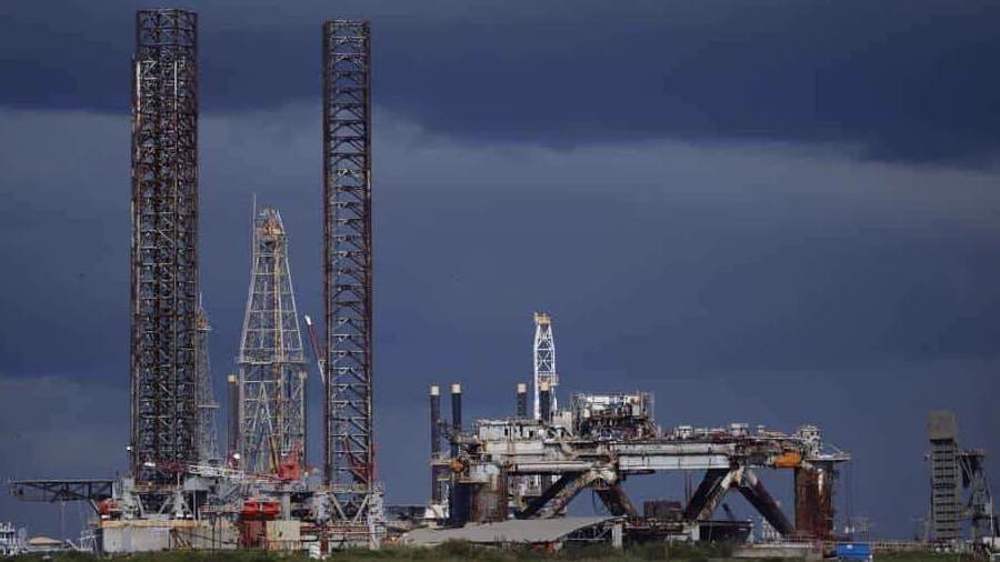

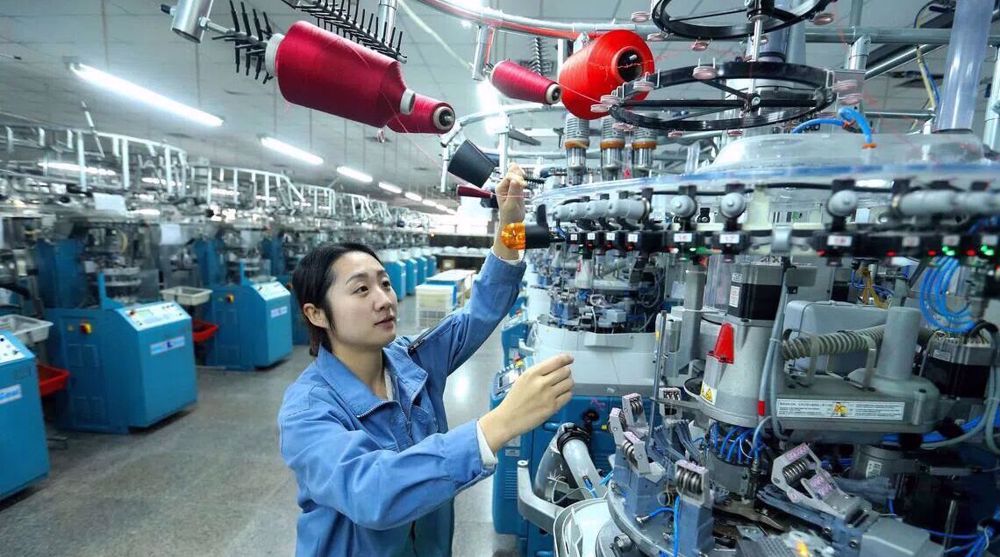





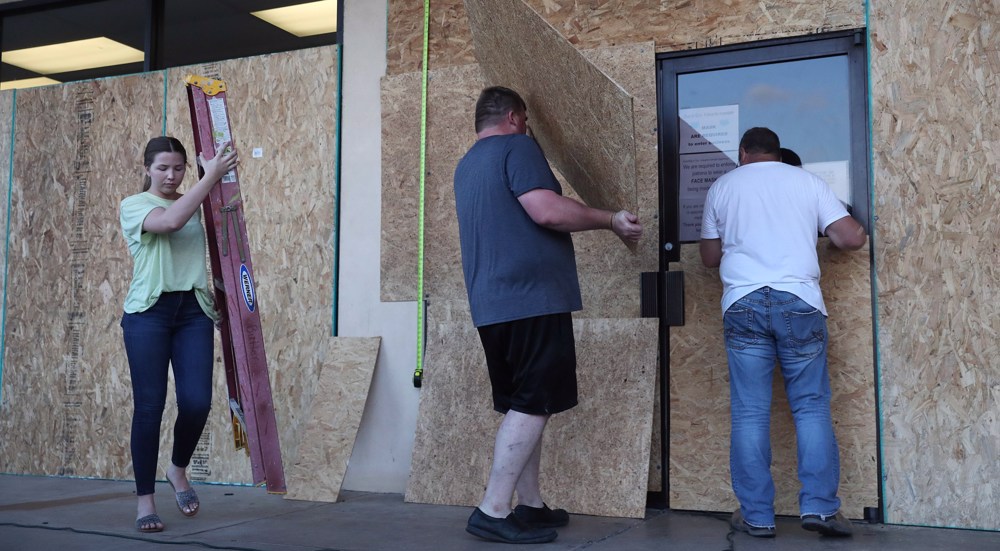
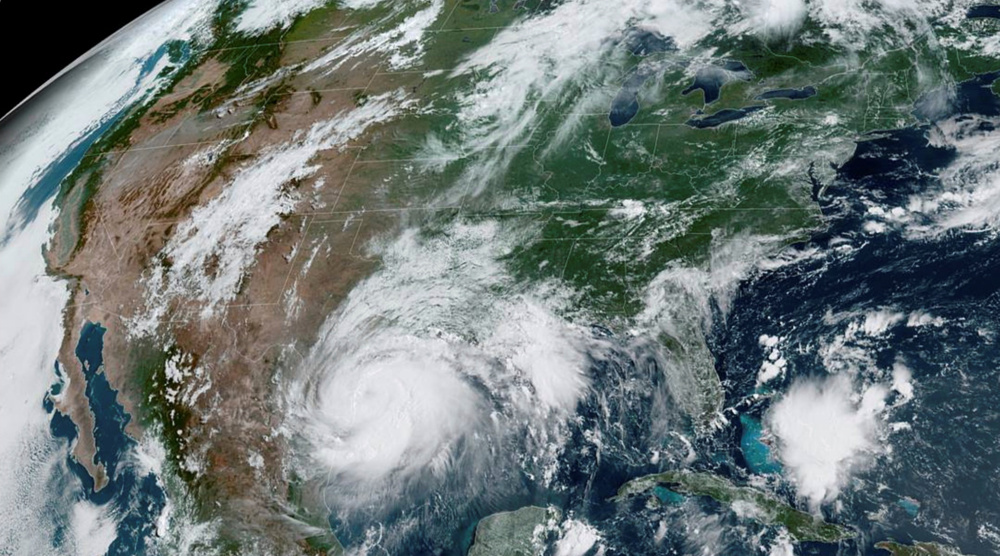
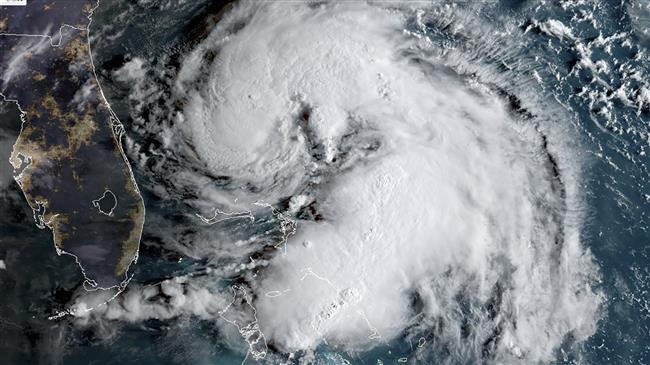

 This makes it easy to access the Press TV website
This makes it easy to access the Press TV website